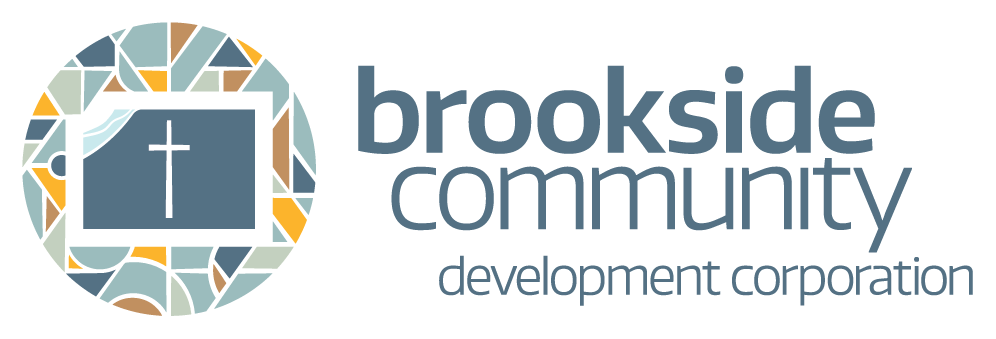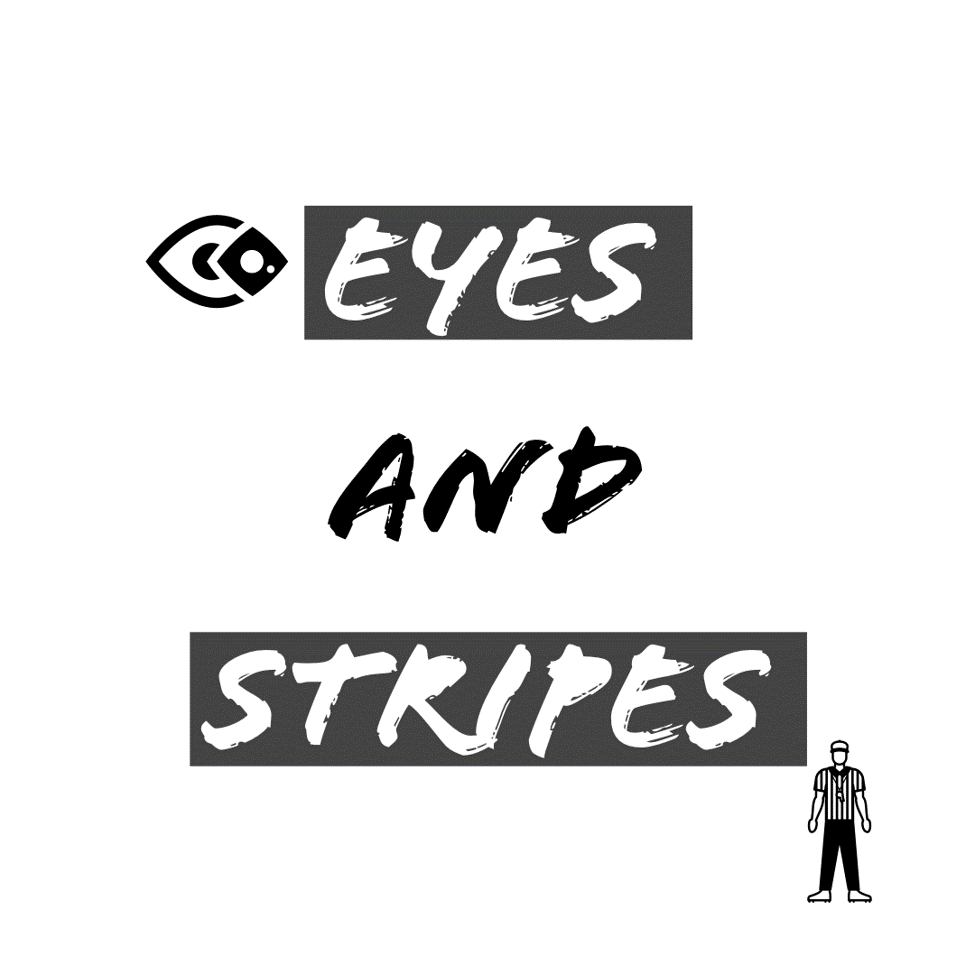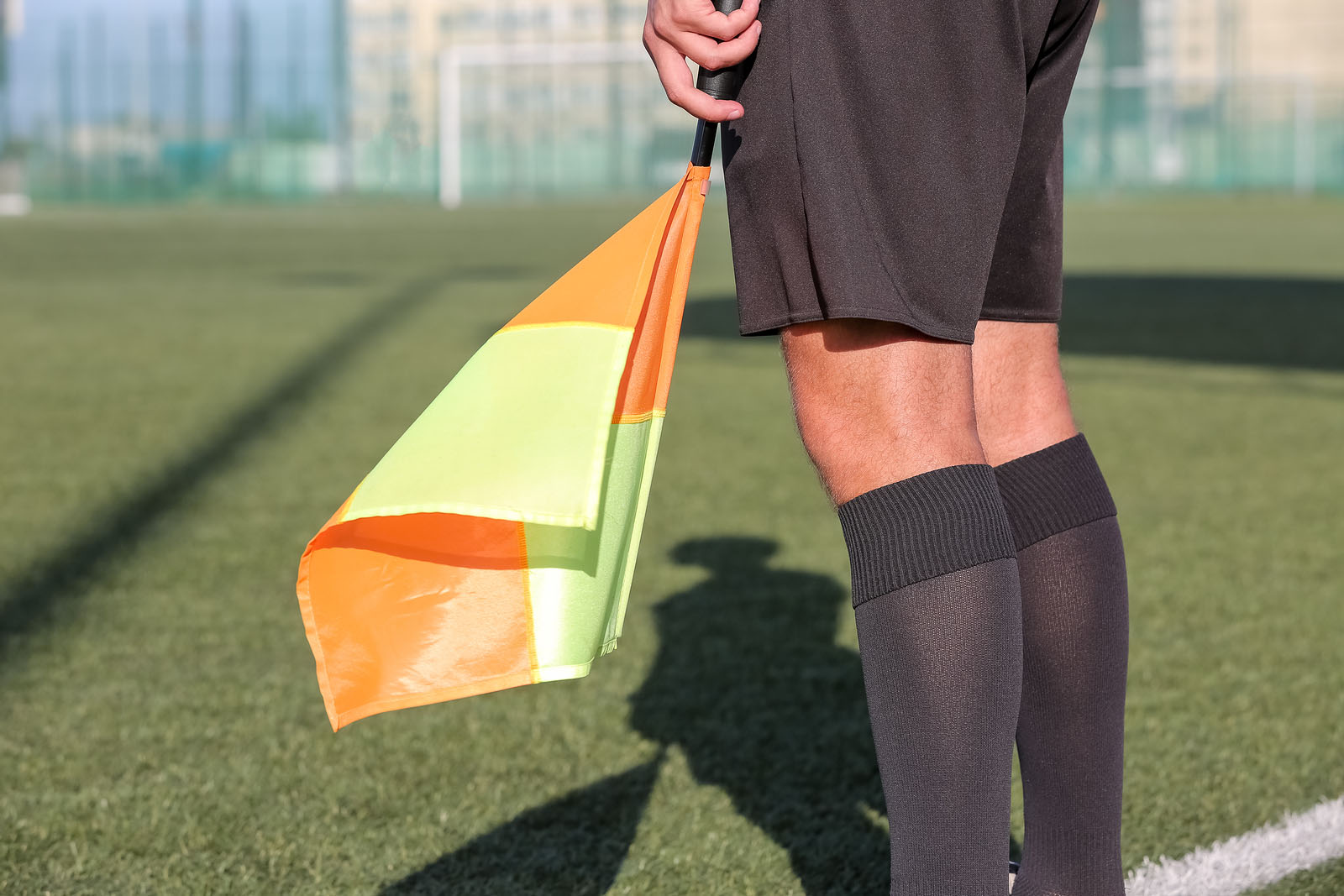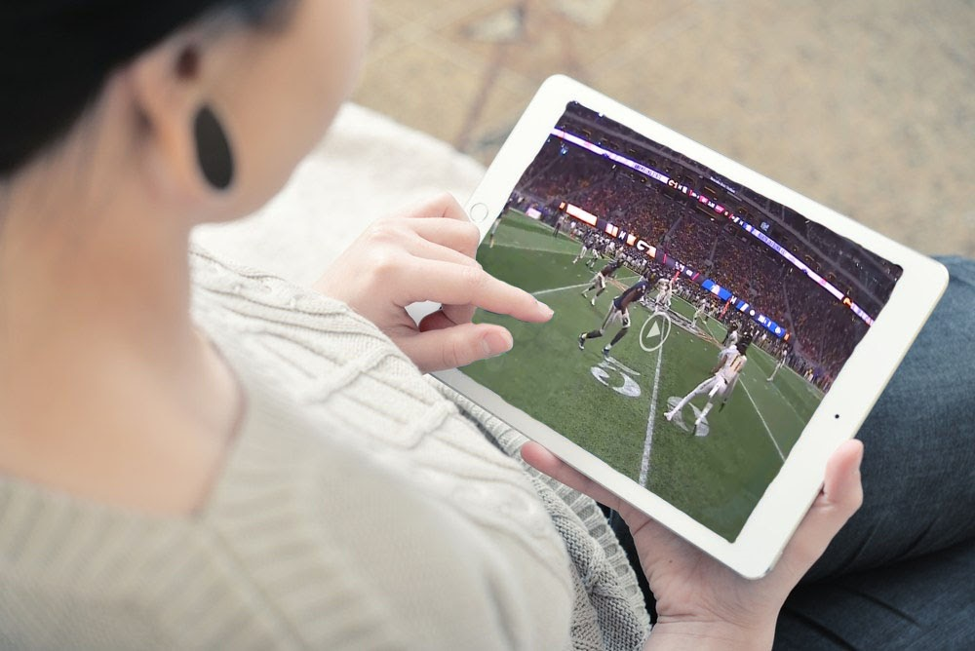A nationwide shortage of sports officials has grown to become a serious threat to sports at all levels. Athletic organizations have felt the pressure of finding the minimum number of officials to staff contests. The past years have repeatedly seen youth and interscholastic sporting events cancelled or postponed due to the lack of a full officiating crew. Shortages of officials threatens the entire ecosystem of youth sports.
Under the direction of David Pierce, Ph.D., IU Indianapolis' sport management capstone class changed its usual approach in response to the officiating shortage. Instead of consulting with a local sports organization to help it overcome a specific issue affecting its business, the fall 2019 cohort sought a deeper understanding behind the root causes of the officiating crisis and created solutions to increase stability within the American sports ecosystem. Over the course of the semester, students were able to find key insights and statistics that lie at the root of the shortage.
The Facts
The population of officials is growing smaller and older. The average age of officials in the 1970s was 21 years old, but, in 2018, the average has increased to 43 years of age (DeNisco, 2018). The current state of officiating is pushing young people away from the job. However, the issue goes beyond the aging population of officials. Retention is dropping at a dangerous rate, with 70 percent of officials quitting the profession within three years of starting (Seifert, 2019). Officials are leaving the job every day, and the margin of retention for new officials is resulting in the shortage.Across the nation, states are seeing a recession in the population of officials year after year. Michigan saw its high school official population fall roughly 23 percent over a ten-year period from 2009 to 2019 (Lacy, 2018). From 2010 through 2018, the total number of high school officials in Florida dropped by 30 percent (Barnhouse, 2018). Indiana has seen an eight percent drop in officials over the past four years. Across the country, each state is showing an annual decline in total sports officials.
Human-centered Design
Students used human-centered design to uncover the key problem spaces in the recruitment and retention of officials. First, the students engaged in contextual inquiry observing officials in their game-day environment and then interviewed Indiana-based officials from different levels of play and across sports. These interviews revealed several key pain points that were repeatedly discussed by the interviewees as factors that led either themselves or their peers to walk away from the job. These pain points included verbal abuse from fans and coaches, the flawed system used to assign officials to games, gaps in training and education, and poor support from the organizations that employ the officials.Second, students engaged in facilitated ideation sessions to develop creative and innovative solutions to the problems. With a greater understanding of the shortage of officials and empathy-based thinking, the students began the ideation process to create solutions with the needs of the official at its core.
Pivotal Moments
Our solution, Pivotal Moments, creates an opportunity for kids in disadvantaged neighborhoods to pursue their passion for sports and stay involved in sports past their playing days through officiating. The first prototype will be launched with Brookside Community Development Corporation in the Indianapolis near-eastside Brookside neighborhood. The program teaches students the essential skills and mechanics to officiate basketball and futsal, paired with learning conflict resolution skills from the nearby Peace Learning Center. After completing the training, middle and high school students will be paired with leagues and churches in the surrounding area to officiate games and earn money. The implementation of this program not only helps kids stay connected to their passion for sports, but also allows the officiating industry to gain more qualified young officials to help combat the current decline of eligible referees.

It's the Person, Not the Stripes
Verbal abuse is a major factor that pushes sports officials to leave the profession. The large number of officials leaving the field each year is putting a strain on sports in America. The goal of this team was to get people to see the person that is behind the calls of the game. With this goal in mind, It’s the Person, Not the Stripes was developed. It’s the Person, Not the Stripes is an empathy marketing campaign with the objective of showing what officials endure by using firsthand interviews, day-in-the-life videos, ways to look at officials differently, and salute-to-service drives. To protect the future of sport, accentuating the humanity of these men and women can aid in minimizing the behavior that is detrimental to officials.Eyes and Stripes

Rookie officials (first and second year) are struggling to find meaningful and efficient ways to build confidence in their ability to officiate their games. Rookies feel they are thrown into games with lack of preparation and training, which leads to a decline in their confidence. The main goal of this team was to provide a unique training experience for rookie officials by utilizing semi-immersive and augmented reality game simulation through the officials’ point of view. The result of this group’s analysis was Eyes & Stripes. The idea of this interactive website is to immerse the trainee in a first-person point-of-view along with in-game intense sound. By providing the first-person point-of-view and environmental factors, a game-like atmosphere will be generated for the official to experience. Being prepared for what happens in the game environment gives a boost of confidence in which officials are more likely to return to work.
Ref-n-Motion
Ref-n-Motion will expose students to officiating at a young age by showing the benefits that can build excitement behind officiating as a potential career path. Ref-n-Motion is a curricular addition that brings the profession to the students. Through physical education curriculums and eventual high school athletic association adoption, the students will be exposed to the profession throughout their academic careers. Students who show an interest and want to enter the profession will also have the chance to extend their exposure into college through an academic minor. During college, these students will have the opportunity to become licensed officials and learn the business side of the profession. Through Ref-n-Motion, the younger generation will be heavily impacted and be more likely to fill the shoes of the older officials who are hanging up their stripes and whistles.Between the Lines
Between the Lines has built a platform where officials can document their game history and build their own digital officiating resume giving officials a way to market themselves to recruiting services and assignors. The platform will be an extension of the already existing platform, Silbo. This new feature will aid in eliminating pressures felt by officials when trying to create rapport with the assignor. Assignors will only be responsible for scheduling high school sports and will use Silbo’s new feature to find qualified officials for those games. The feature will create transparency between the assignor, recruiter and officials leading to a deeper trust and authentic relationships between the three.

Giving Referees and Officials Wellness, Training, and Health (GROWTH)
GROWTH provides a 360-degree wellness program for officials to enhance their mental and physical well-being. This program alleviates major pain points through specialized care and community creation programs. Specialized care provides referees with access to high-level support from physical and mental healthcare experts. The community creation programs feature mentorships, group meetings, and monthly conferences. These are all targeted to giving officials an organic community and a healthy support system of peers. This program is designed to be easily adopted and implemented by sports governing bodies that are interested in protecting their future ability to host sporting events.
Two-way Mutual Rating System
As an example to the nationwide problem, the IHSAA currently has an archaic system to rate officials that leads to unfair assignments and causes officials to leave the profession. The Two-way Mutual Rating System is a method that will resolve that problem. This new system allows officials to receive feedback from coaches, athletic directors, fans, peers, and IHSAA evaluators. Officials can also rate the school based on crowd actions, facility conditions, and treatment of officials to help prepare other officials who may be assigned to games at a specific school in the future. It ensures that officials are satisfied with the amount of feedback they receive and provides them with a system to advance to the elite games in a fair and appropriate way -- through their performance.
REFPoV

Most fans typically only see games from a broadcast or elevated seat view, but REFPoV provides users with an entirely different perspective to show them what the officials see and how hard their job can be from their point of view. REFPoV can function not only as an educational tool, but also as a recruitment tool to expose users to officiating as a potential career, as well as an improvement tool for referees themselves to use to perfect their craft and hone their skills without worrying about the pressure of making in-game calls. REFPoV will ultimately aim to bring everyone in the world of sports together, help generate a greater sense of empathy for referees, and permanently change the perception of sports officiating.
References
Barnhouse, W. (2018, September 20). High school sports struggling with shortage of officials.
DeNisco, A. (2018, September 28). Referee shortage hamstrings high school sports.
Lacy, E. (2018, October 11). Why referee shortage may have long-term consequences for high school, youth sports.
Seifert, K. (2019, June 19). A 'crisis mode' at all levels: How technology put officials in a tough spot.

